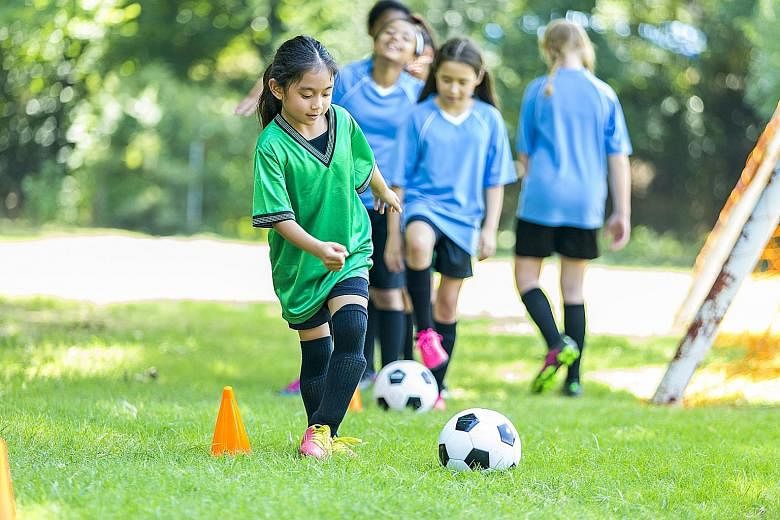When parents of young athletes reel off their kids' sports-related health issues, they usually think of sprains, broken bones and concussions. Infectious diseases may not even make the list.
But to paediatricians, the close contact and casual equipment give-and-take that are often components of team bonding can be a breeding ground for infection.
A recent report from the American Academy of Paediatrics focuses on how to prevent and control outbreaks of infectious diseases in organised sports.
Dr Stephen G. Rice, a high school team doctor, said: "All kinds of things travel through the teams."
Adolescents can often be "sort of sloppy about sharing water bottles, equipment, sometimes even helmets," said Dr Rice, director of sports medicine at Jersey Shore University Medical Centre and one of the authors of the report.
Dr H. Dele Davies, professor of paediatric infectious diseases and public health at the University of Nebraska Medical Centre and the lead author of the clinical report, said he wants to emphasise to parents that "participation in sports is a good thing. We want their children to participate, we just want to keep them safe".
An important role for the medical practitioner, Dr Rice said, is talking to the athletes about hygiene and cleanliness.
Dr Mary Anne Jackson, director of infectious disease and professor of paediatrics at Children's Mercy Hospital in Kansas City, Missouri, and also an author of the report, said that sports physicals need to be done well.
The visit should be an opportunity to discuss the importance of good personal hygiene, including reminders about not sharing water bottles or sports equipment, about cleaning your footwear and changing your socks, and making sure your feet are clean and dry before you put on socks.
Dr Davies said the sports physical is a good opportunity for the child or his parents to ask about some of the infectious risks and what they can do to manage them.
For the practitioner, it is an opportunity to do some anticipatory guidance, he said, such as telling the athlete: "If you see any lesion on your skin, notify your trainer."
Infections can be transmitted in many ways. "The most common involves close contact," Dr Davies said.
Skin infections can be transmitted directly. They can also be transmitted via mats or floors, shared towels or communal use of equipment such as soccer shin guards.
So follow infection control practices, including thorough hand-washing (that basic building block of hospital infection control), not sharing water bottles, equipment or towels, as well as cleaning mats and floors properly and regularly.
Any team sport can bring kids into close enough contact to spread infectious diseases that travel by airborne routes, so athletes must be up-to-date on all recommended immunisations.
Athletes who travel may have contact with those from other areas, and increasingly across the United States. "We know there are under-immunised pockets where you may more readily have transmission of highly infectious agents like measles," said Dr Jackson.
Some children will compete against athletes from other countries, who may not be immunised to the same recommended standards.
The most infectious of the vaccine-preventable diseases include the ones that children should be immunised against from early childhood, like measles and chickenpox.
NYTIMES

